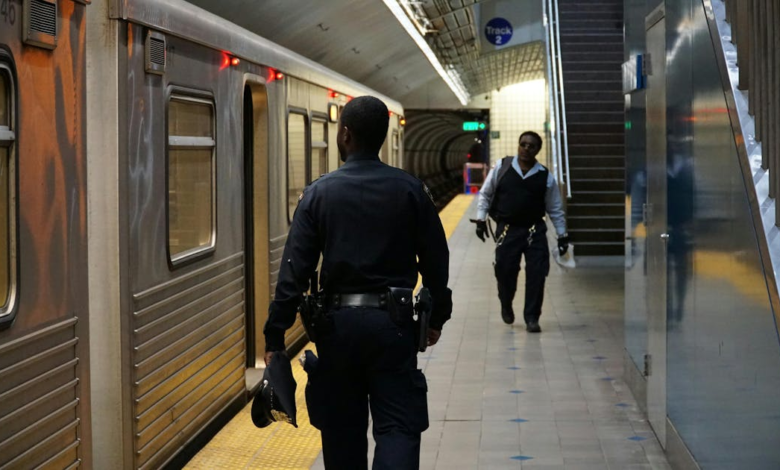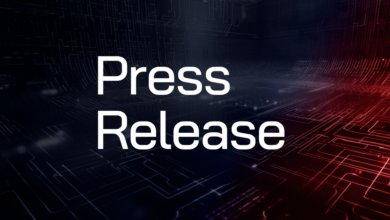Transit Cybersecurity and Threat and Vulnerability Assessments, Public Transit Risk Assessment Methodology

Conducting a robust TVA is crucial in today’s complex security landscape. The foundational step involves understanding and documenting the organization’s mission and essential functions. This clarity helps to identify assets that need protection, setting the stage for a focused assessment.
After the mission is defined, critical assets must be identified, in collaboration with operations owners, to assist in formulating the scope and direction of the assessment. A comprehensive threat and hazard analysis identifies potential events or circumstances that could harm the organization, ranging from adversarial actions to natural disasters. Once critical assets and potential threats are identified, the next step is to assess vulnerabilities in an integrated and multidisciplinary approach.
This involves the examination of weaknesses, gaps and strengths surrounding critical assets to determine what resources are necessary for operational continuity under duress. With this information, it is possible to understand system interdependencies, which helps in predicting how a threat to one system could potentially affect others.
Finally, the severity and priority of each vulnerability can be addressed with focused mitigation strategies to ensure operational continuity under a variety of adverse conditions. By systematically conducting a TVA, agencies can develop a nuanced understanding of their vulnerabilities and implement strategies the significantly enhance their security posture. This comprehensive approach not only protects the organization’s assets, but also ensures that it remains resilient when confronted by evolving threats and challenges.
Cybersecurity and TVAs
While PT-RAM and TVA processes traditionally focus on physical security, the transit industry’s increased dependence on digital infrastructure implores agencies to address both physical and cybersecurity threats and vulnerabilities. Modern TVA methodologies will incorporate cybersecurity considerations throughout the process, providing a holistic view of the threat landscape. Integrating cyber objectives enhances the overall security posture of transit agencies, promoting a cohesive risk management culture that aligns physical and cybersecurity objectives.
Cybersecurity and physical security objectives should be complementary layers in a defense strategy, enhancing protection through their interconnected roles. Physical security controls, such as surveillance cameras, access controls and physical locking mechanisms, prevent unauthorized access to critical hardware and infrastructure. These measures protect against physical threats and intrusion attempts, ensuring that data and systems are shielded from direct access.
Conversely, cybersecurity focuses on safeguarding data confidentiality, integrity and availability from digital threats through software solutions and secure configuration. When combined, these controls create a comprehensive security environment. For instance, physical security can prevent cybercriminals from physically accessing a system to install malware while cybersecurity measures protect against a similar remote threat. Together, they form a cohesive security strategy, addressing a wide spectrum of potential vulnerabilities and threats.
Conclusion
The integration of the PT-RAM process into transit agencies’ operational security strategies marks a significant advancement in public transportation security management. FEMA’s mandate to perform PT-RAM evaluations strengthens physical security measures while enhancing resilience against cyber threats through a holistic vulnerability management approach. The synergy between PT-RAM and modern TVA methodologies, including cybersecurity considerations, offers a robust framework for addressing the full spectrum of contemporary threats. As transit systems grow more complex and reliant on digital technologies, security assessments are crucial for protecting critical infrastructure and assets, ultimately fostering a secure environment for all users.



